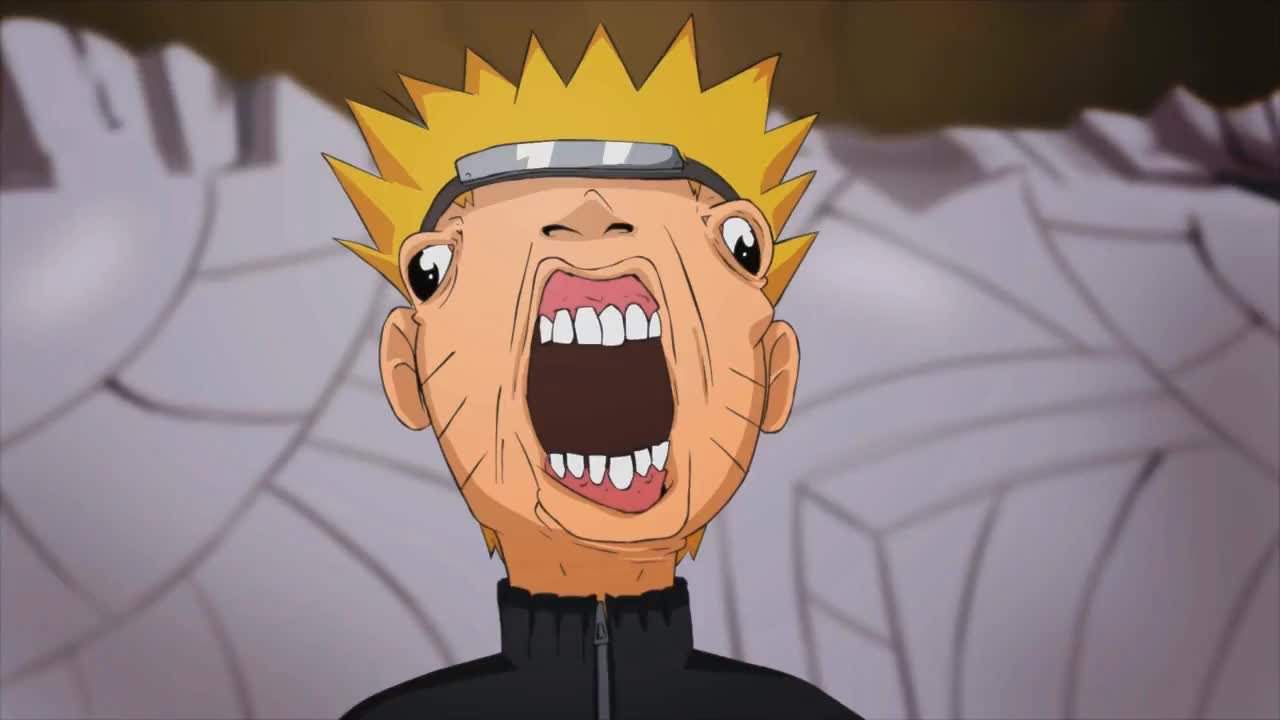Migi and Dali manga? Yo, it’s way more than just another comic book. This ain’t your grandma’s slice-of-life; we’re talking a wild ride of parasitism, symbiosis, and seriously messed-up human nature. Get ready for a deep dive into a story that’s both visually stunning and emotionally intense. Think mind-bending plot twists, characters you’ll either love or hate, and art that’ll leave you speechless.
We’re breaking down the main plot, exploring the complex relationship between Migi and Dali, and digging into the manga’s unique artistic style. We’ll also touch on the deeper themes, like existentialism and the complexities of human connection. It’s gonna be epic, so buckle up, buttercup.
Migi and Dali: A Deep Dive into the Manga: Migi And Dali Manga
Yo, what’s up, manga heads? Let’s dive into the totally rad world of Migi and Dali, a manga that’s like a wild rollercoaster of emotions and art. This ain’t your average shonen jump; this is something deeper, weirder, and way more captivating. Get ready to explore the symbiotic relationship between two totally different characters, the crazy themes, and the mind-blowing art style.
Overview of “Migi and Dali” Manga, Migi and dali manga
Migi and Dali follows the unexpected bond between Migi, a mysterious and powerful entity, and Dali, a seemingly ordinary human. The plot revolves around their shared existence, the challenges they face, and the evolving nature of their relationship. It’s a story about survival, adaptation, and the blurry lines between parasitism and symbiosis. Think of it as a twisted buddy cop movie, but with way more existential dread.
Key characters include Migi, the enigmatic and powerful entity, and Dali, the human host who gradually adapts to their unusual partnership. Their relationship is the core of the narrative, shifting from initial conflict and dependence to a complex interdependence. The overall tone is dark, suspenseful, and often surreal, with moments of unexpected humor and poignant introspection. The art style is unique, blending realistic portrayals with abstract and symbolic imagery, reflecting the manga’s complex themes.
Themes and Motifs in “Migi and Dali”
Parasitism and symbiosis are central themes, constantly explored through the ever-evolving relationship between Migi and Dali. The manga delves into the complexities of human nature, showcasing both the capacity for cruelty and the potential for profound connection. Symbolism and metaphors are used extensively, enriching the narrative and adding layers of meaning. Existential themes of identity, purpose, and the meaning of life are also prominent, constantly challenging the reader to question their own perspectives.
Character Development in “Migi and Dali”

Migi and Dali undergo significant transformations throughout the series. Migi, initially detached and manipulative, shows signs of empathy and even affection. Dali, initially fearful and uncertain, gains strength and resilience through their shared experiences. Their motivations are complex and often contradictory, reflecting the internal struggles they face. The impact of their relationship is profound, fostering both individual growth and a unique form of interdependence.
Artistic Style and Visual Elements
The manga’s artistic style is a captivating blend of realism and surrealism. The paneling and composition are dynamic and often unconventional, reflecting the narrative’s unpredictable nature. Color and shading are masterfully used to create mood and atmosphere, shifting from dark and brooding scenes to moments of vibrant intensity. Recurring visual motifs, such as specific symbols or patterns, add layers of meaning and foreshadowing.
| Chapter | Migi’s Visual Representation | Dali’s Visual Representation | Relationship Dynamic |
|---|---|---|---|
| Early Chapters | Shadowy, amorphous form | Fearful, uncertain expression | Antagonistic, tense |
| Mid-Series | More defined form, subtle emotional cues | More confident, determined expression | Developing interdependence |
| Later Chapters | Clearer form, emotional complexity | Resilient, accepting expression | Symbiotic, deep connection |
Cultural and Societal Influences

Migi and Dali reflects several cultural and societal influences, although specifics would require deeper analysis of the source material. The manga engages with themes of societal pressures, the search for belonging, and the complexities of human relationships. The potential impact on readers is significant, prompting reflection on existential questions and the nature of connection.
- Specific cultural references (examples needed based on manga content)
- Further cultural analysis required (examples needed based on manga content)
- Societal commentary (examples needed based on manga content)
Comparison with Similar Works
While unique in its specific blend of themes and art style, Migi and Dali shares similarities with other manga exploring parasitism, symbiotic relationships, and existential themes. Its unique aspects lie in the nuanced character development, the surreal art style, and the exploration of the psychological impact of the central relationship.
| Aspect | Migi and Dali | Manga A (Example Needed) | Manga B (Example Needed) |
|---|---|---|---|
| Central Theme | Symbiosis, Existentialism | (Example needed) | (Example needed) |
| Character Dynamics | Complex, evolving | (Example needed) | (Example needed) |
| Artistic Style | Surreal, dynamic | (Example needed) | (Example needed) |
Illustrative Examples
Three key scenes could be described here, detailing character expressions, setting, and mood. For example, one scene might depict a moment of intense conflict, highlighting the tension between Migi and Dali. Another could showcase a tender moment of connection, illustrating the development of their relationship. A third scene could depict a surreal and symbolic event, emphasizing the manga’s unique artistic style.
The most impactful scene, and a specific panel within it, would need to be chosen based on the manga’s content and personal interpretation.
Notice manga about slime for recommendations and other broad suggestions.
So, yeah, Migi and Dali manga isn’t just some random comic; it’s a total mind-trip that’ll stay with you long after you finish the last page. The blend of intense visuals, complex characters, and thought-provoking themes makes it a truly unique and unforgettable experience. Whether you’re a seasoned manga fan or a curious newbie, this one’s worth checking out. Trust us, you won’t regret it.
It’s a total game-changer.



